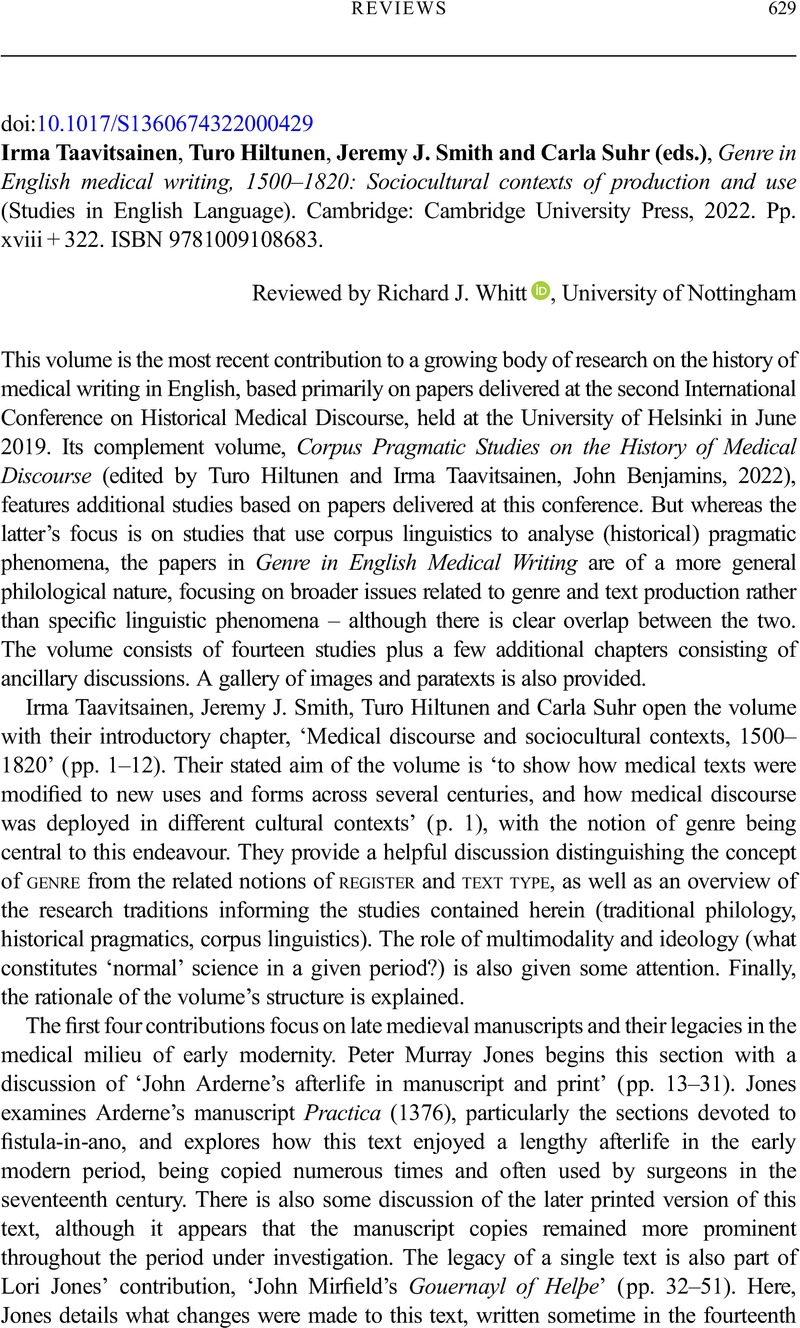Crossref Citations
This article has been cited by the following publications. This list is generated based on data provided by Crossref.
Kang, Yong
and
Niu, Meng
2024.
Enhancing Language Proficiency in Medical English Education Through Multimodal Corpus Integration.
International Journal of Healthcare Information Systems and Informatics,
Vol. 19,
Issue. 1,
p.
1.




